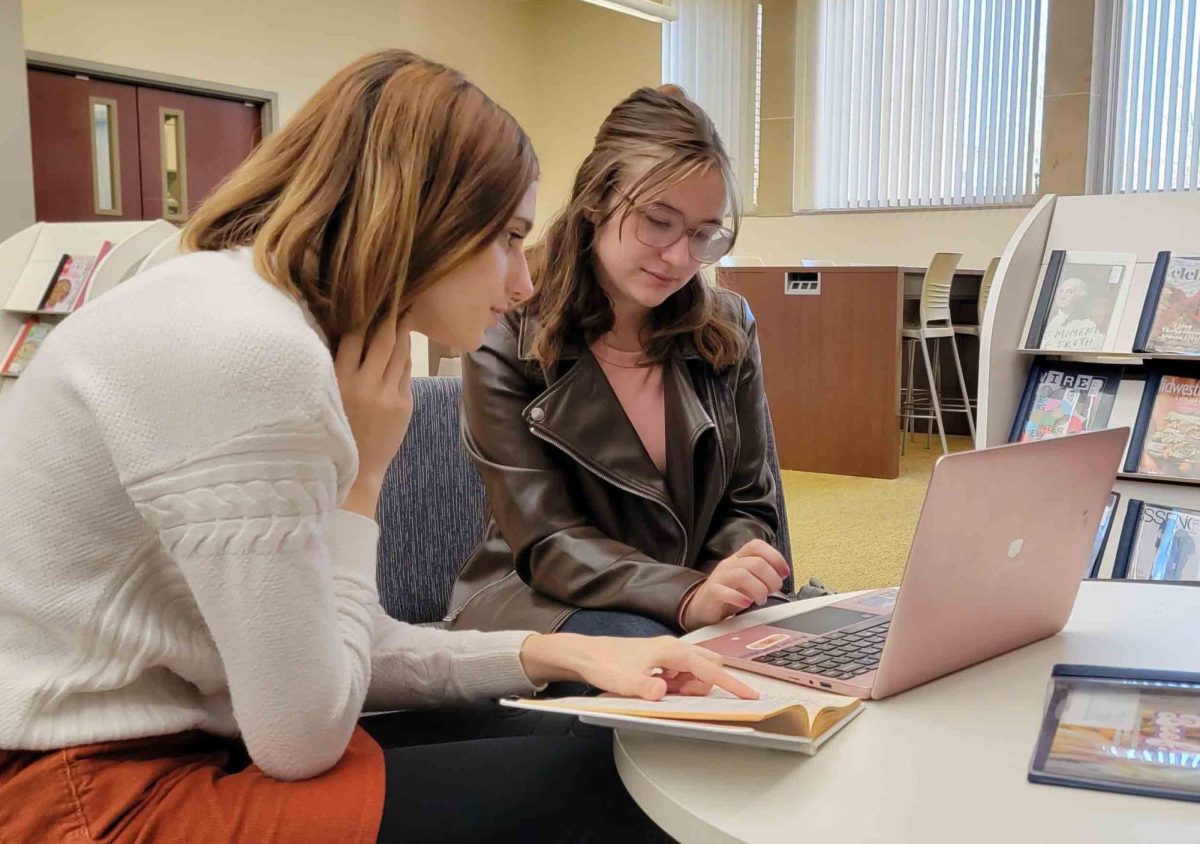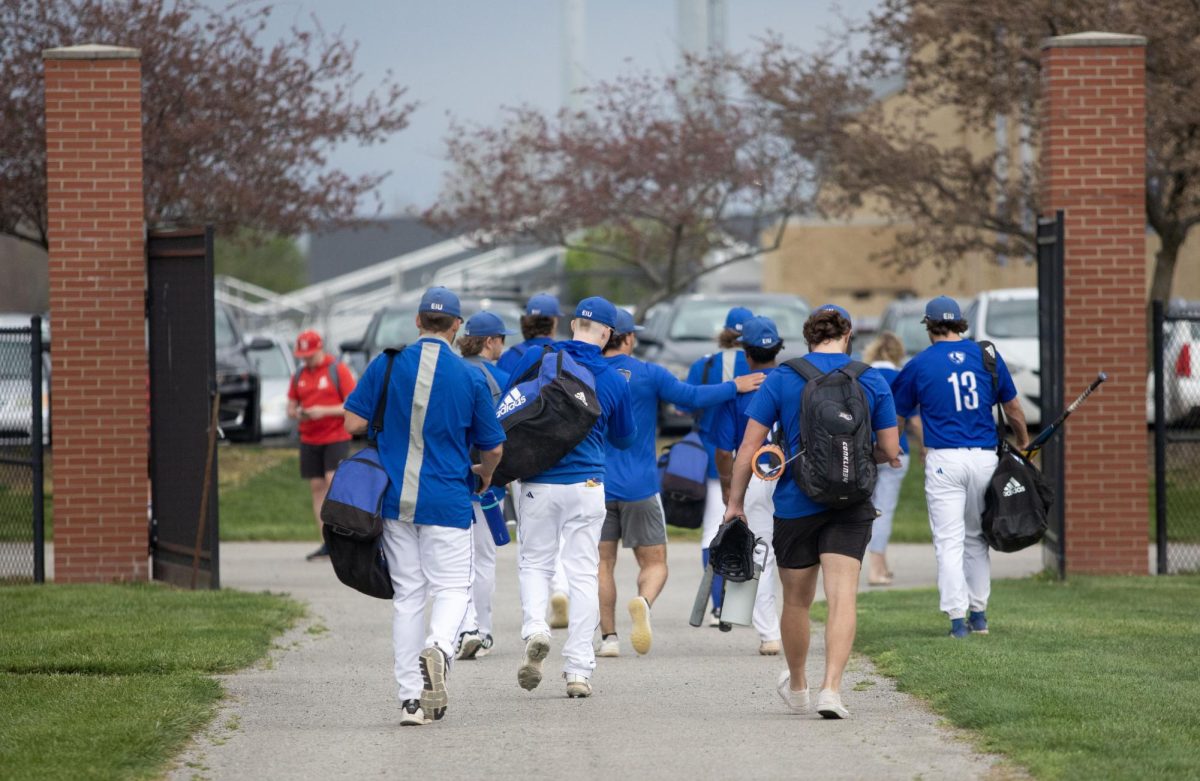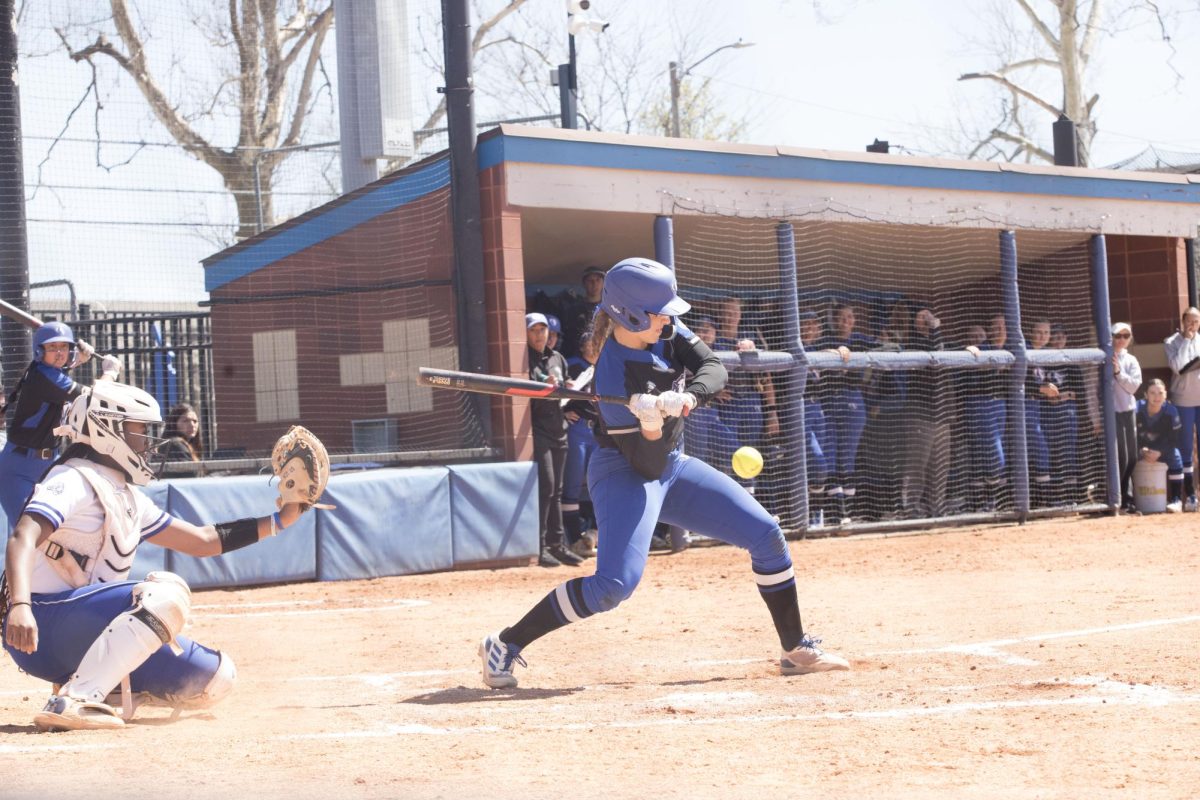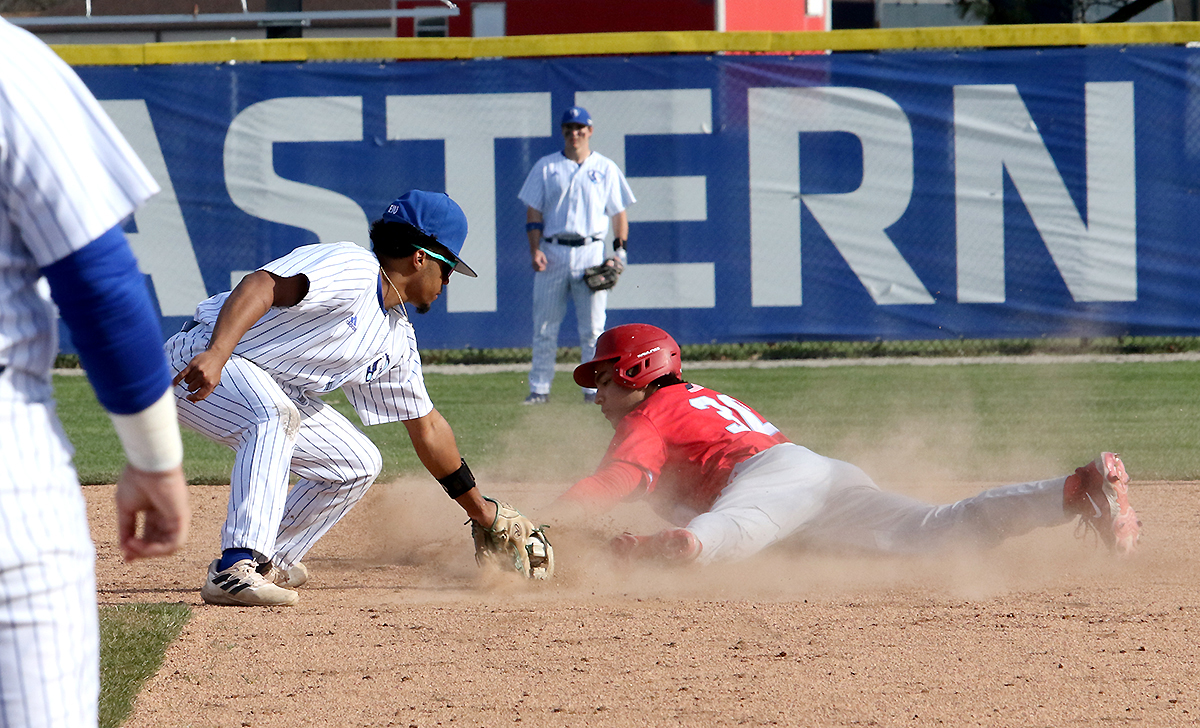Teachers learn CSI like science
When a pig exploded, Eastern’s Dr. Marylin Lisowski had the perfect explanation as to why it happened.
As part of a late July ten-day grant funded program through Illinois’ higher board of education, Eastern’s Dr. Lisowski, along with teachers from all over east-central Illinois analyzed the decomposition of pigs (among other things), which the teachers could then relate back to their respective schools.
Lisowski has said the pig exploded as a result of the rapid bacterial growth and all the gases released in the decomposition process along with the tremendous heat. Because of this, the pig acted like a pressure cooker and that the trapped gases in the pig were just too great being as hot as it was.
“This won’t happen if the pig is frozen first because the freezing prevents the rapid growth of bacteria,” Lisowski said. “Yes, it can be the Fourth of July with explosions when a pig is left out in high temperature days.”
However, there were no pigs exploding when the day’s forensic scientists visited a private farm near Westfield, Ill. July 20, but pigs decomposing were the hot topic of the day.
“The big buzz word in science right now is forensic science, like CSI,” said Marsha Lee, master teacher on the day and instructor from Casey-Westfield School District.
Teachers on hand could use a temperature probe to get a read on the temperature above and below the pig, and according to what types of bugs that are on the pigs are a good indicator of how long the carcass has been there, a method that is frequently used in forensic science.
Lee has said that certain bugs come right after death and other bugs continue at certain times of the decomposing process. For instance, the Blowflies are the first to come to a body, and then they lay their eggs, and then they’ll hatch into maggots and other things will come to feed on the maggots as well.
“And actually they can get DNA out of cockroaches now; they’ll eat the hairs, the last thing off the body and they can extract the hair off it,” Lee said. “Things that suck any blood that’s remaining, like first things on, they can get DNA out of that insect. So they’ve really come a long way.”
The ten-day list of activities included everything from watching pigs decay to a fingerprint and track analysis to visits from the FBI, the State Forensic Biologist, and a Soil Specialist. Most importantly though, the teachers were able to use the hands-on activities and take them back to their classrooms.
“Not only instead of just sitting down and listening to information,” Lisowski said, “but is to discover it and explore it through a series of activities, that once the discovery happens, the information can be tagged on to it.” “It just isn’t professors like I am from Eastern, but it’s to use the talents and real skills of these master teachers.”
Elwood Gruschow is a physical science teacher from Jamaica High School, which had a graduating class of 28 last year, but is nonetheless apt to take back his skills from the day for future projects.
“Every year the chemistry has some type of environmental field trip and in the physics class we’re also doing one,” Gruschow said. “This particular activity as far as physical science is concerned, I was impressed with the interior of the pig, which died five days ago is 12 degrees warmer than the outside temperature.”
David Abendroth is from Red Hill high school out of Bridgeport, Ill. and although he has been involved in environmental issues for 15 years now, this is the first project he has done concerning forensic science. While Abendroth was experimenting, he told a story of his daughter to other teachers he remembers on a similar situation.
“When she was five, she found a dead squirrel and came in, ‘Daddy, can I look it?’ I thought she would just look at the surface and she knew where my knives were and she took one of my big knives and came in about a half hour later crying, saying that she couldn’t be a scientist because she couldn’t cut it up,” he said.





































































